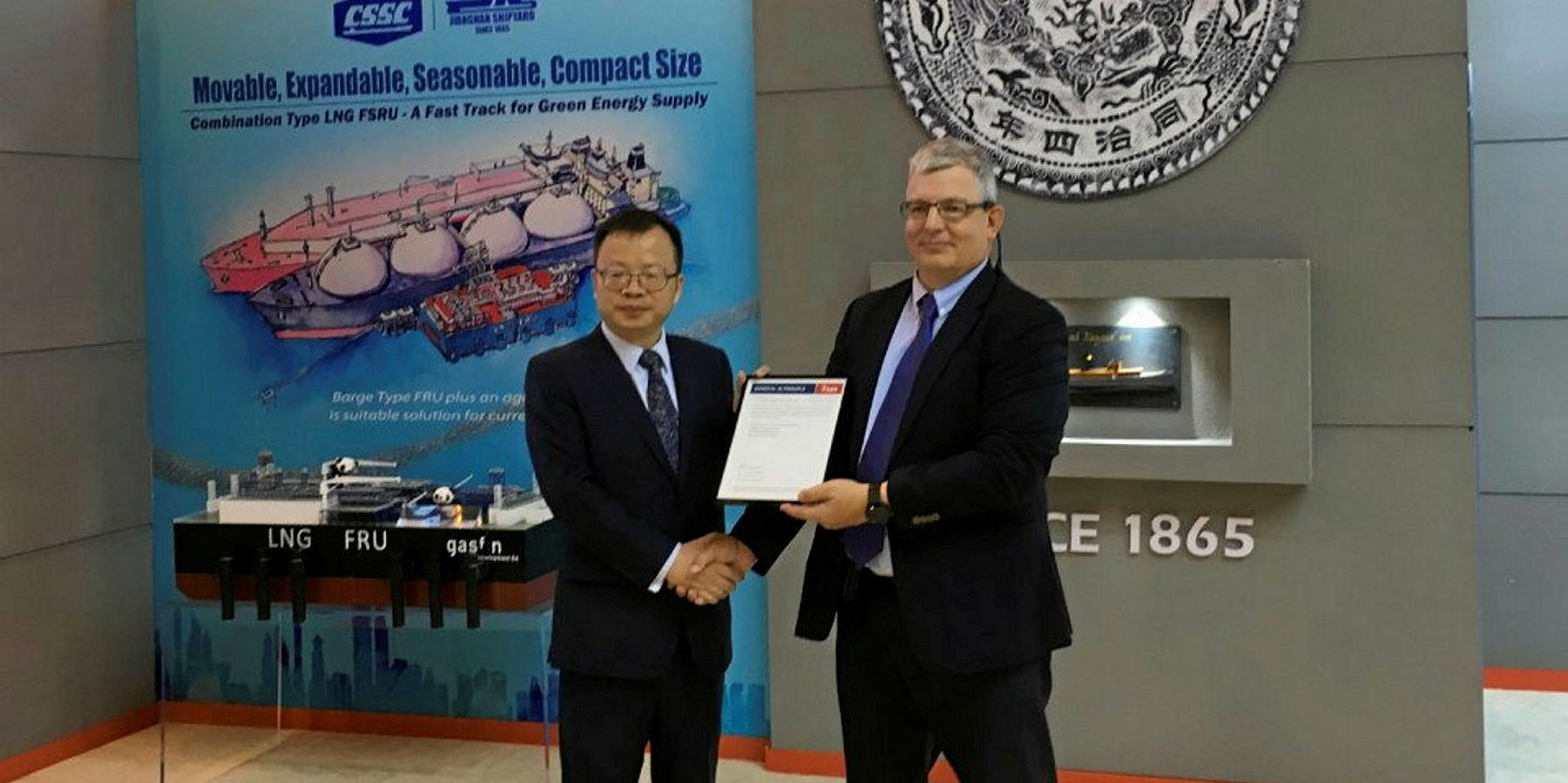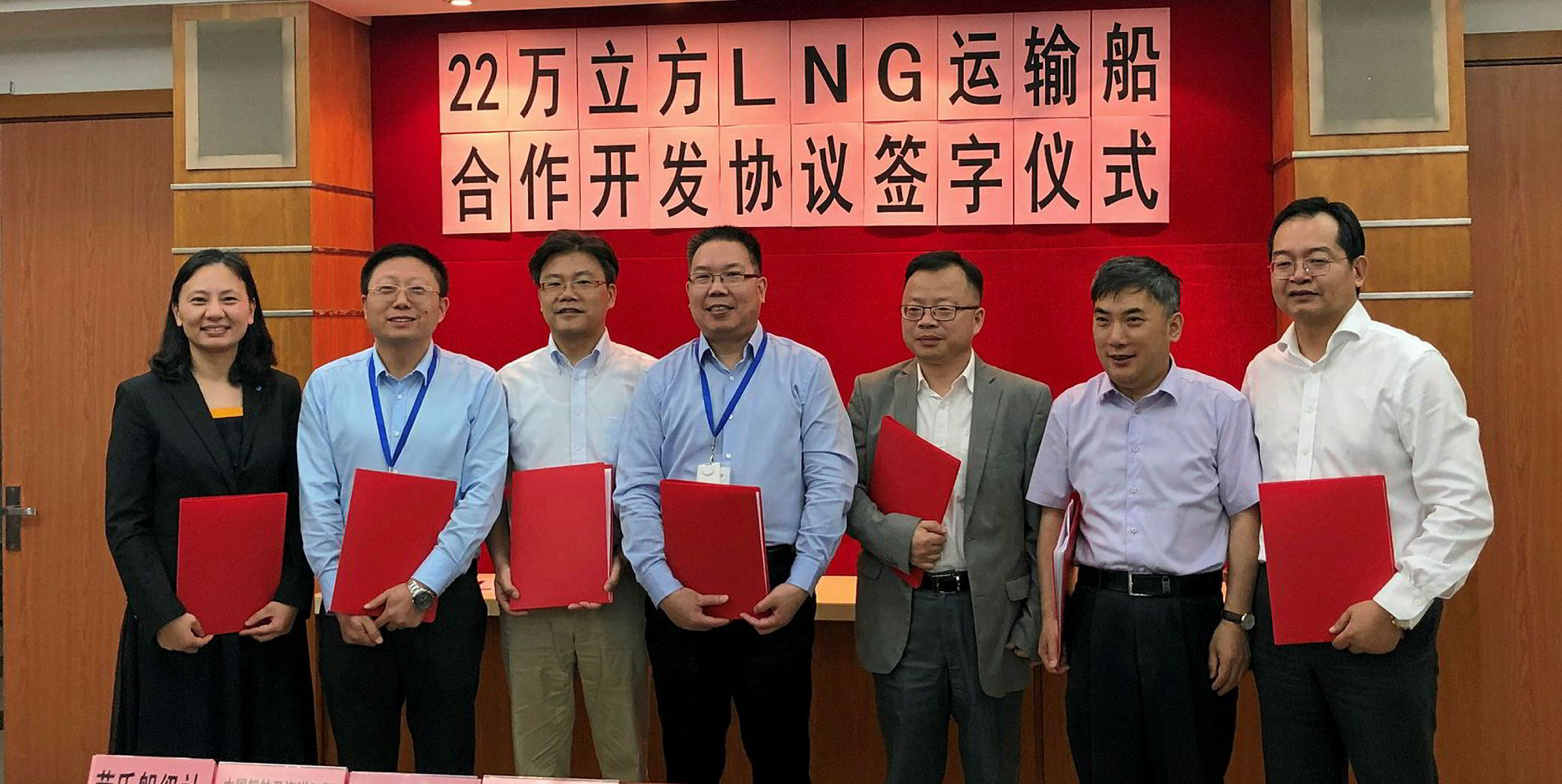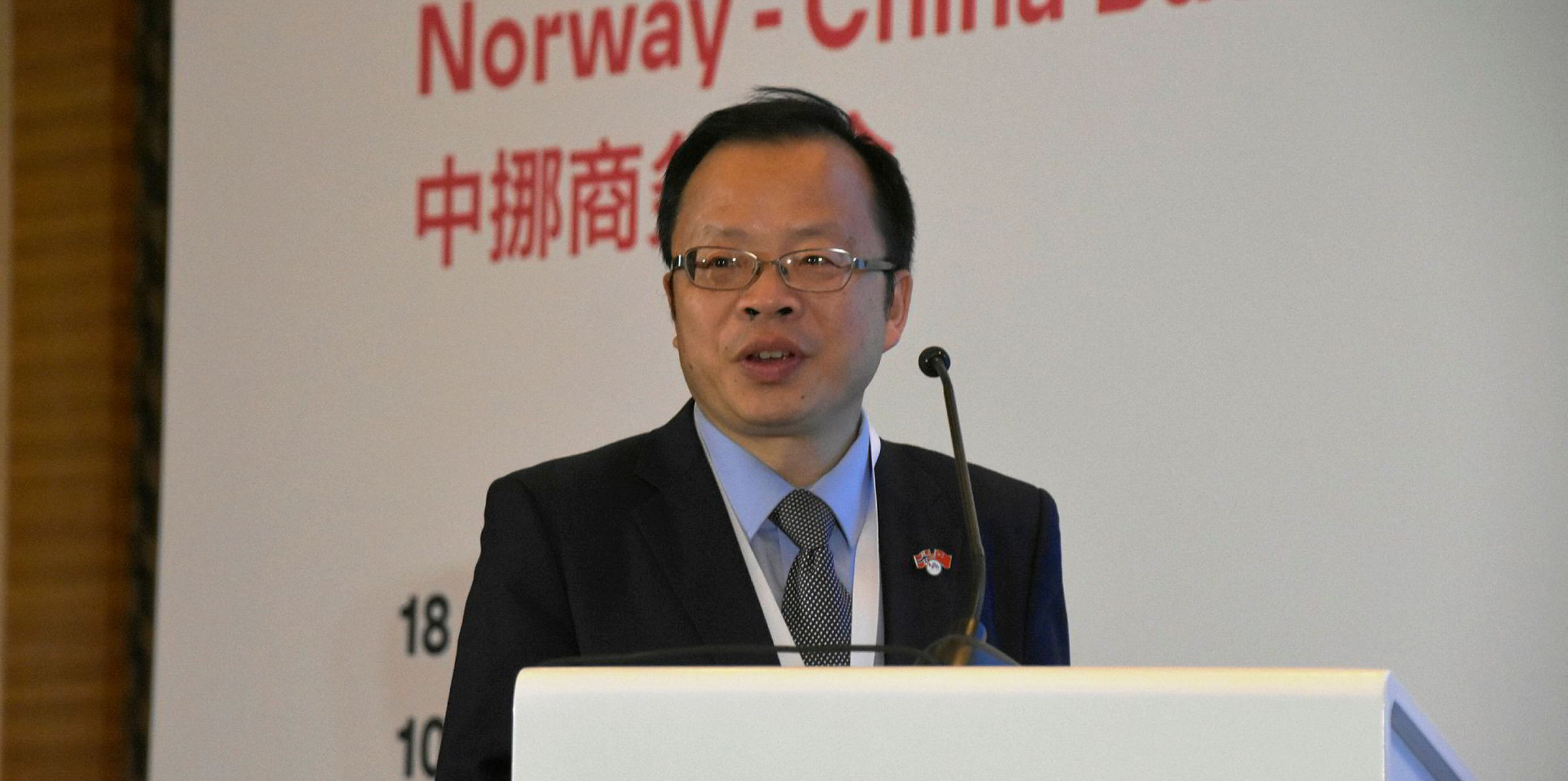Jiangnan Shipyard has developed a design for a groundbreaking VLGC that looks set to become the world’s biggest LPG carrier.
The Chinese state-owned shipyard's LPG-fuelled, 91,000-cbm design has received approval in principle (AIP) from classification societies Lloyd’s Register and ABS.
Jiangnan has a tradition of giving its designs nicknames and has dubbed the VLGC design Panda 91T.
Under the design, the vessel would be a 230-metre long, 36.6-metre wide vessel and have a 12-metre draught.
Cargo capacity
“The cargo capacity of Panda 91T can reach 98,000 cbm in total,” chief technical director Hu Keyi said.
“This is to ensure LPG as fuel for a round trip from [the] US to China or [the] US to Africa without cargo deduction.”
Hu said the Panda 91T was based on the company’s 98,000-cbm, dual-fuel very large ethane carrier (VLEC) design, known as Bluebonnet.
The long-haul VLEC features Jiangnan's BrillianceE type-B tanks.
“With the experience of BrillanceE type-B tanks, Jiangnan has the confidence to revolutionise hull configuration of traditional VLGCs,” Hu said.
With the experience of BrillanceE type-B tanks, Jiangnan has the confidence to revolutionise hull configuration of traditional VLGCs
Chief technical director Hu Keyi
“Although Panda 91T has just been granted AIP certificates from the two classification societies, Jiangnan has performed a lot of engineering work for the ship.”
The yard is a leading builder of gas carriers in the country.
Domestic order
Jiangnan, which sits under the umbrella of China State Shipbuilding Corp, was the country’s first yard to break into the gas sector by winning a domestic order to build a 3,000-cbm pressurised LPG carrier in the late 1980s.
Since then, Jiangnan has delivered 14 VLGCs and today has eight conventional 84,000-cbm newbuildings on its orderbook.
It also has a backlog of 10 dual-fuel VLGC newbuildings of 86,000 cbm.






